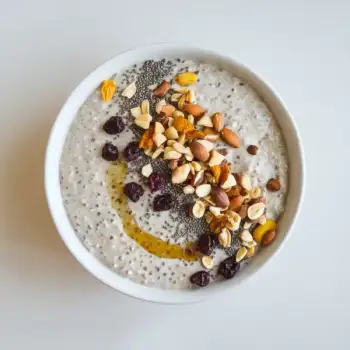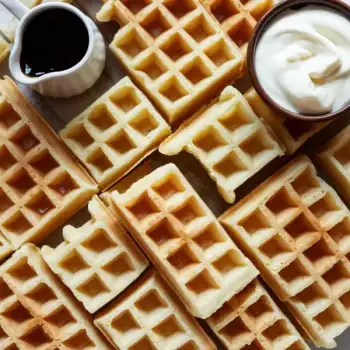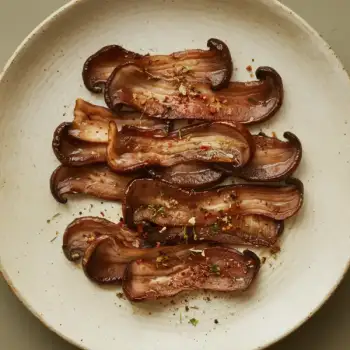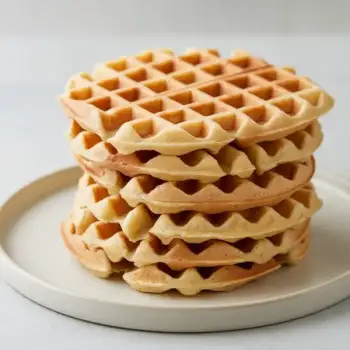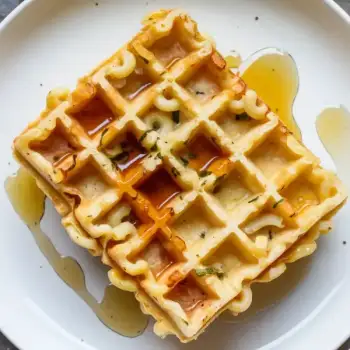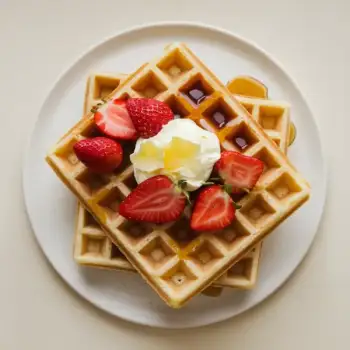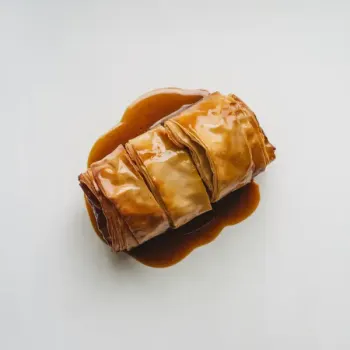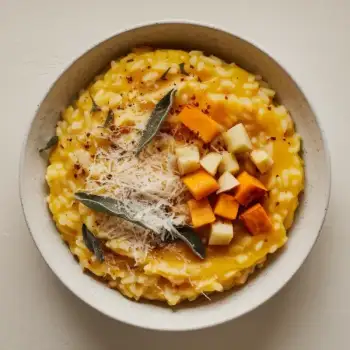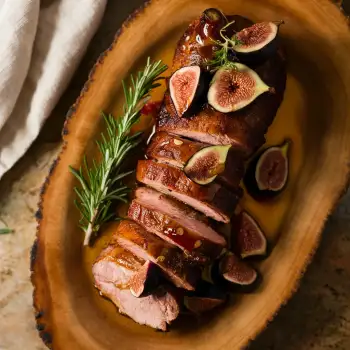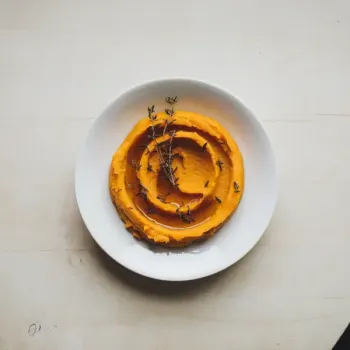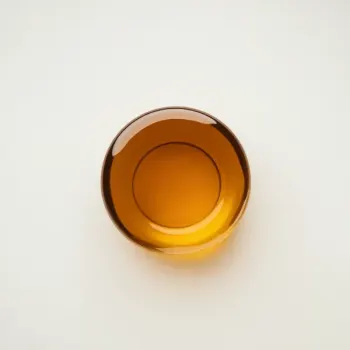


Maple Cream
Maple syrup that has been cooked down and stirred until it reaches a creamy, spreadable consistency.
Maple Sugar
Dehydrated maple syrup that has been crystallized into granules or powder, used as a sweetener.
Maple Flakes
Dehydrated maple syrup pressed into flakes, convenient for topping and garnishing.
Pure Maple Syrup
Liquid syrup tapped directly from the sugar maple tree, then boiled down to concentrate its flavors. Available in various grades.




Maple Cream: Coombs Family Farms, Maple Valley Cooperative
Maple Sugar: Coombs Family Farms, NOW Foods
Maple Flakes: Decacer, Maple Grove Farms
Pure Maple Syrup: Crown Maple, Butternut Mountain Farm, Coombs Family Farms

Baking: Incorporate maple syrup into batters and doughs for baked goods to impart a rich, caramel-like sweetness. It can also be used to sweeten whipped creams and frostings.
Glazing: Maple syrup is an excellent glaze for meats and vegetables. Brush it on towards the end of the cooking time to create a shiny, flavorful coating without burning the syrup.
Reduction: Gently simmer maple syrup to reduce it into a thicker sauce. This concentrates the flavor and can be used as a drizzle over desserts or savory dishes.





